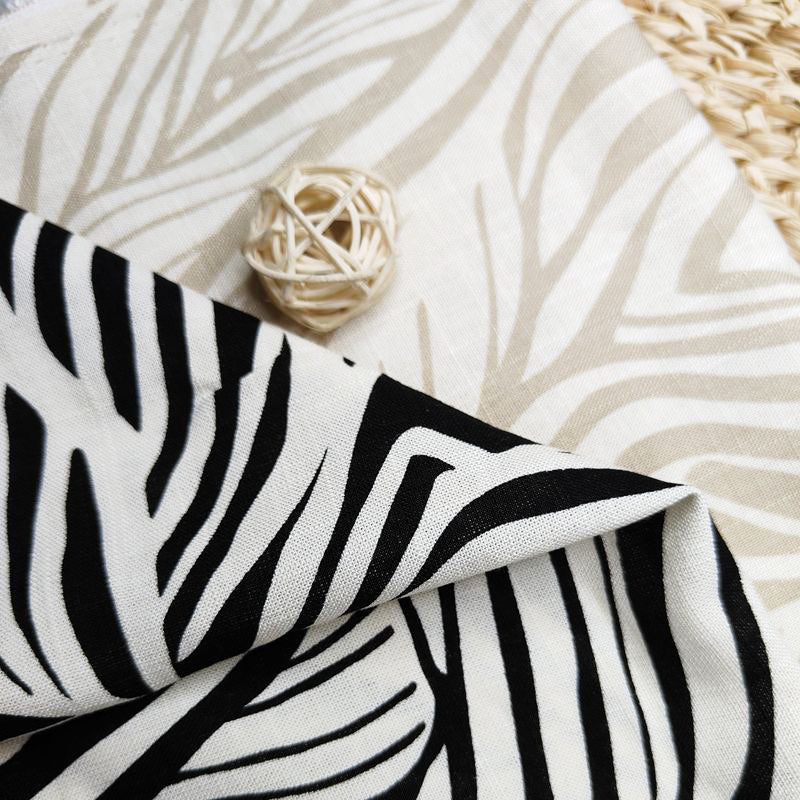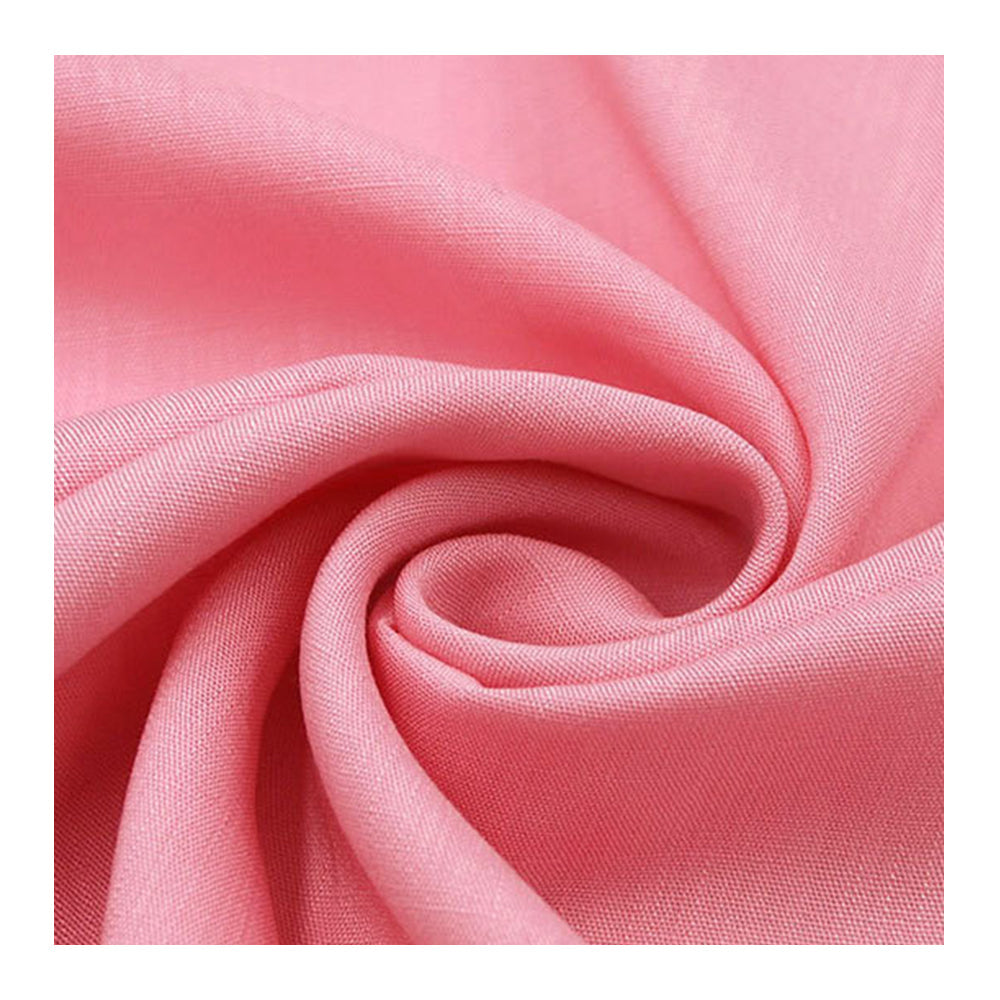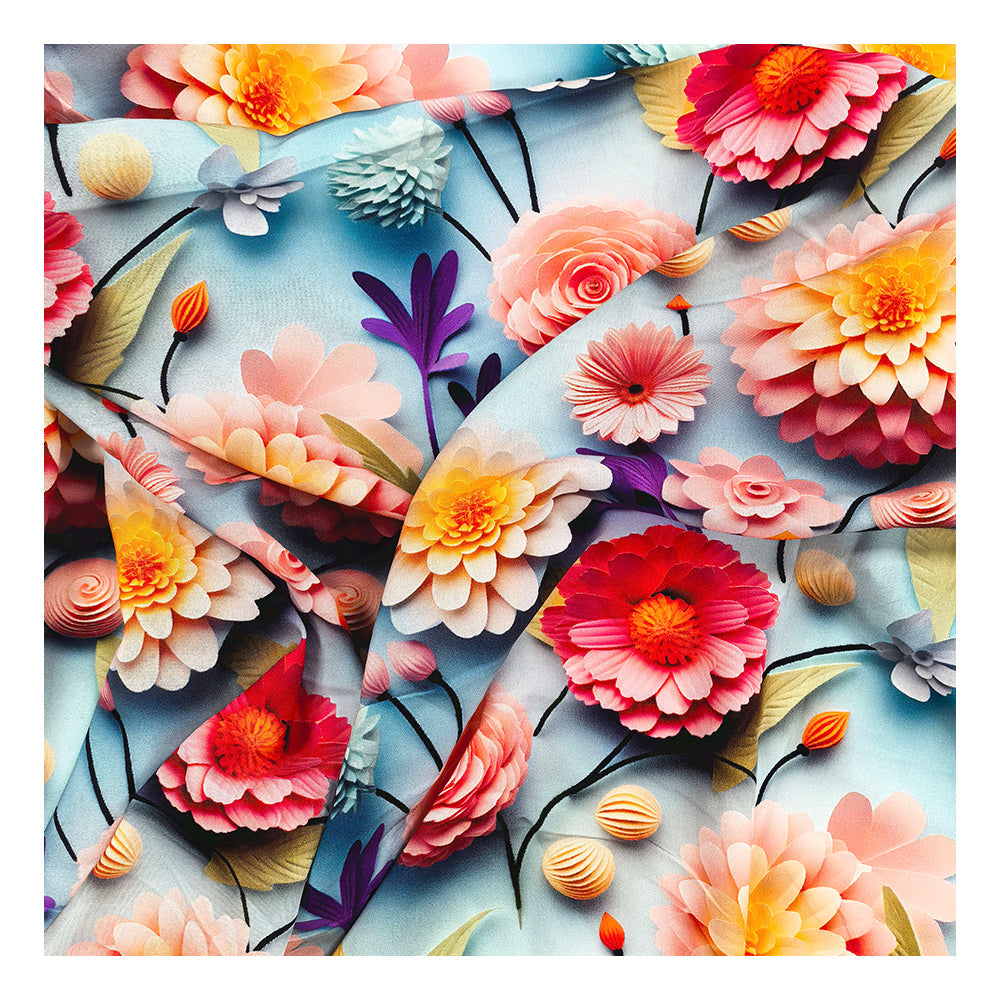Introduction
Rayon slub fabrics, known for their unique texture and aesthetic appeal, have gained significant traction in the global textile market. This article delves into the current market trends, regional dynamics, competitive landscape, and future prospects of rayon slub fabrics, providing valuable insights for industry stakeholders.
Market Overview
The global slub yarn fabric market, which includes rayon slub fabrics, is projected to grow from USD 29.78 billion in 2024 to USD 42.9 billion by 2032, with a CAGR of 4.67% during the forecast period. Rayon slub fabrics, in particular, are witnessing increasing demand due to their versatility and eco-friendly nature. The growing demand for sustainable and eco-friendly textiles is a key driver for the market, as consumers and brands prioritize environmentally friendly materials. Rayon slub fabrics, made from natural fibers such as rayon, are perceived as being more sustainable than synthetic fabrics, making them a popular choice in the market .
Regional Market Analysis
Asia-Pacific
The Asia-Pacific region is the largest and fastest-growing market for slub yarn fabrics, driven by major textile-producing countries such as China, India, and Bangladesh. The region's vast textile manufacturing infrastructure, abundant raw material availability, and skilled labor force have contributed to its dominant position. The increasing fashion consciousness among consumers in Asia-Pacific, coupled with the rise of e-commerce platforms, has fueled the demand for rayon slub fabrics in the region. The demand for high-quality rayon slub fabrics is particularly strong in countries like China and India, where the textile industry is well-developed and the consumer base is growing rapidly.
Europe
Europe is another significant market for slub yarn fabrics, with countries like Italy, France, and the United Kingdom being major fashion hubs. The region's strong emphasis on fashion, luxury, and high-quality textiles has driven the demand for premium rayon slub fabrics. European consumers are known for their appreciation of unique and innovative fabric textures, making rayon slub fabrics a popular choice in the fashion industry. The region's focus on sustainability and eco-friendly practices has also influenced the demand for organic and recycled rayon slub fabric options. The demand for eco-friendly rayon slub fabrics is particularly strong in countries like Germany and the Netherlands, where consumers are highly conscious of environmental issues.
North America
North America, particularly the United States, is a mature market for slub yarn fabrics, characterized by a mix of domestic production and imports. The region's diverse fashion landscape, ranging from casual wear to high-end designer garments, has supported the demand for rayon slub fabrics. The increasing consumer interest in sustainable and ethically produced textiles has also driven the growth of organic and eco-friendly rayon slub fabric options in North America. The demand for high-quality rayon slub fabrics is particularly strong in the United States, where the fashion industry is well-developed and the consumer base is large.
Latin America and Middle East & Africa
Latin America and the Middle East & Africa are emerging markets for slub yarn fabrics, with growth potential driven by the increasing fashion consciousness and changing consumer preferences in these regions. However, the market dynamics in these regions are influenced by factors such as economic stability, infrastructure development, and the presence of local textile manufacturing capabilities. The demand for rayon slub fabrics is gradually increasing in countries like Brazil and Mexico, where the textile industry is growing and the consumer base is expanding.
Competitive Landscape
The global slub yarn fabric market is highly competitive, with numerous players vying for market share. Key companies in the market include CSA Textile Egypt, TATA PAKISTAN, Shams, Jaya Shree Textiles, Pacific Textiles, Swiss Textile Machinery Association, Indo Phil Textile Mills, C&A, SGI Technology Group, The Ramco Group, Visionland, OBB, Sangam Group, and Nishat Chunian. These companies are focusing on product innovation, strategic partnerships, and market expansion to gain a competitive edge. The competitive landscape of the rayon slub fabric market is characterized by intense competition among these key players, who are constantly striving to improve their products and services to meet the changing demands of the market.
Market Drivers
Growing Demand for Sustainable and Eco-Friendly Textiles
The rising consumer consciousness about the environmental impact of textile production is driving the demand for sustainable and eco-friendly fabrics. Rayon slub fabrics, made from natural fibers such as rayon, are perceived as being more sustainable than synthetic fabrics. They are biodegradable, renewable, and have a lower carbon footprint during production. The increasing adoption of sustainable practices by textile manufacturers and the growing preference for eco-conscious fashion are expected to continue to fuel the demand for rayon slub fabrics in the coming years. The demand for eco-friendly rayon slub fabrics is particularly strong in regions like Europe and North America, where consumers are highly conscious of environmental issues.
Expansion of the Fashion and Apparel Industry
The global fashion and apparel industry is projected to grow steadily in the coming years, driven by factors such as rising disposable incomes, changing consumer preferences, and the increasing popularity of online shopping. This growth is expected to create a positive impact on the demand for rayon slub fabrics, which are widely used in the manufacturing of garments, home textiles, and accessories. The versatility and aesthetic appeal of rayon slub fabrics make them a popular choice for designers and consumers alike. The demand for high-quality rayon slub fabrics is particularly strong in the fashion and apparel industry, where the focus is on creating unique and stylish products.
Technological Advancements in Textile Manufacturing
Technological advancements in textile manufacturing are contributing to the growth of the global slub yarn fabric market. The development of new spinning techniques and machinery has enabled the production of slub yarns with improved quality, consistency, and efficiency. These advancements have also led to the introduction of new slub yarn textures, colors, and patterns, expanding the design possibilities for textile manufacturers. The adoption of automation and digital technologies in textile mills is further enhancing productivity and reducing production costs, making rayon slub fabrics more affordable and accessible to consumers. The demand for technologically advanced rayon slub fabrics is particularly strong in regions like Asia-Pacific and Europe, where the textile industry is highly developed and the focus is on innovation and quality.
Market Challenges
Fluctuating Raw Material Prices
The prices of raw materials such as rayon, cotton, and other natural fibers can fluctuate significantly due to factors such as weather conditions, geopolitical tensions, and changes in supply and demand. These fluctuations can impact the production costs of rayon slub fabrics and, in turn, affect the profitability of manufacturers. The challenge of fluctuating raw material prices is particularly significant for manufacturers who rely on imported raw materials, as they are more vulnerable to changes in global market conditions.
Intense Competition
The global slub yarn fabric market is highly competitive, with numerous players vying for market share. This intense competition can lead to price wars and margin pressures, making it challenging for manufacturers to maintain profitability. The competitive landscape of the rayon slub fabric market is characterized by intense competition among key players, who are constantly striving to improve their products and services to meet the changing demands of the market.
Environmental Concerns
While rayon slub fabrics are generally considered more sustainable than synthetic fabrics, the production process still has some environmental impacts, such as water pollution and energy consumption. Manufacturers need to adopt more sustainable production practices to address these concerns and meet the growing demand for eco-friendly textiles. The challenge of environmental concerns is particularly significant for manufacturers who are not yet fully committed to sustainable practices, as they may face increasing pressure from consumers and regulators to improve their environmental performance.
Future Prospects
The future prospects of the rayon slub fabric market look promising, driven by the increasing demand for sustainable and eco-friendly textiles, the expansion of the fashion and apparel industry, and technological advancements in textile manufacturing. Manufacturers are expected to focus on product innovation, strategic partnerships, and market expansion to capitalize on these opportunities and gain a competitive edge. The future prospects of the rayon slub fabric market are particularly strong in regions like Asia-Pacific and Europe, where the demand for sustainable and eco-friendly textiles is growing rapidly.
Conclusion
In conclusion, the global market for rayon slub fabrics is poised for significant growth in the coming years, driven by various factors such as the increasing demand for sustainable and eco-friendly textiles, the expansion of the fashion and apparel industry, and technological advancements in textile manufacturing. However, manufacturers need to address challenges such as fluctuating raw material prices, intense competition, and environmental concerns to ensure long-term success in the market. By focusing on product innovation, strategic partnerships, and market expansion, manufacturers can capitalize on the opportunities and gain a competitive edge in the global rayon slub fabric market.





Leave a comment
This site is protected by hCaptcha and the hCaptcha Privacy Policy and Terms of Service apply.